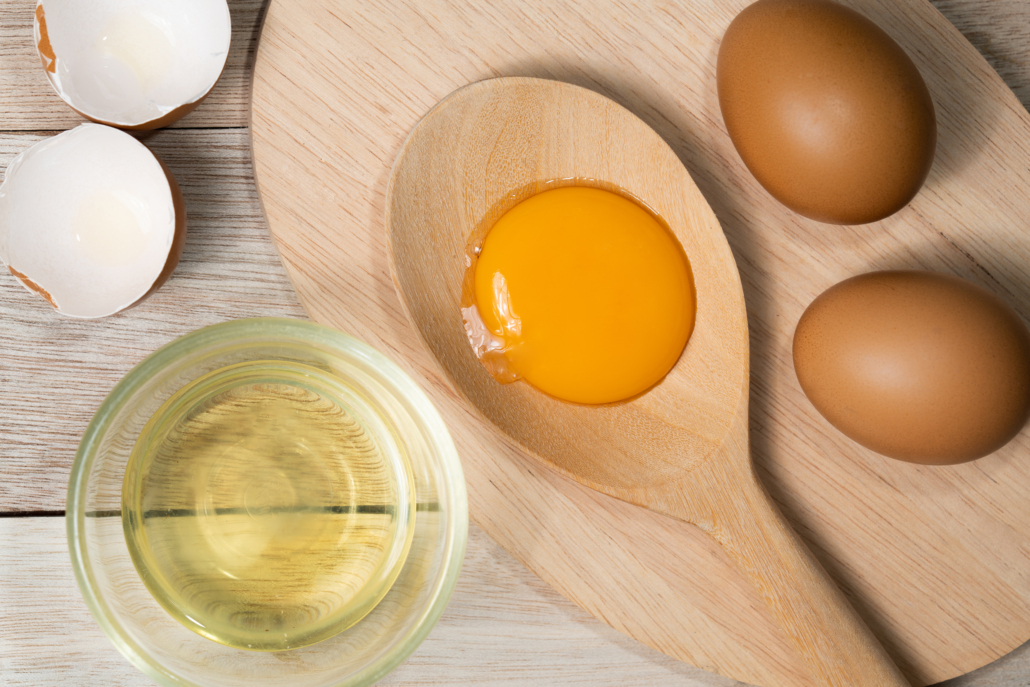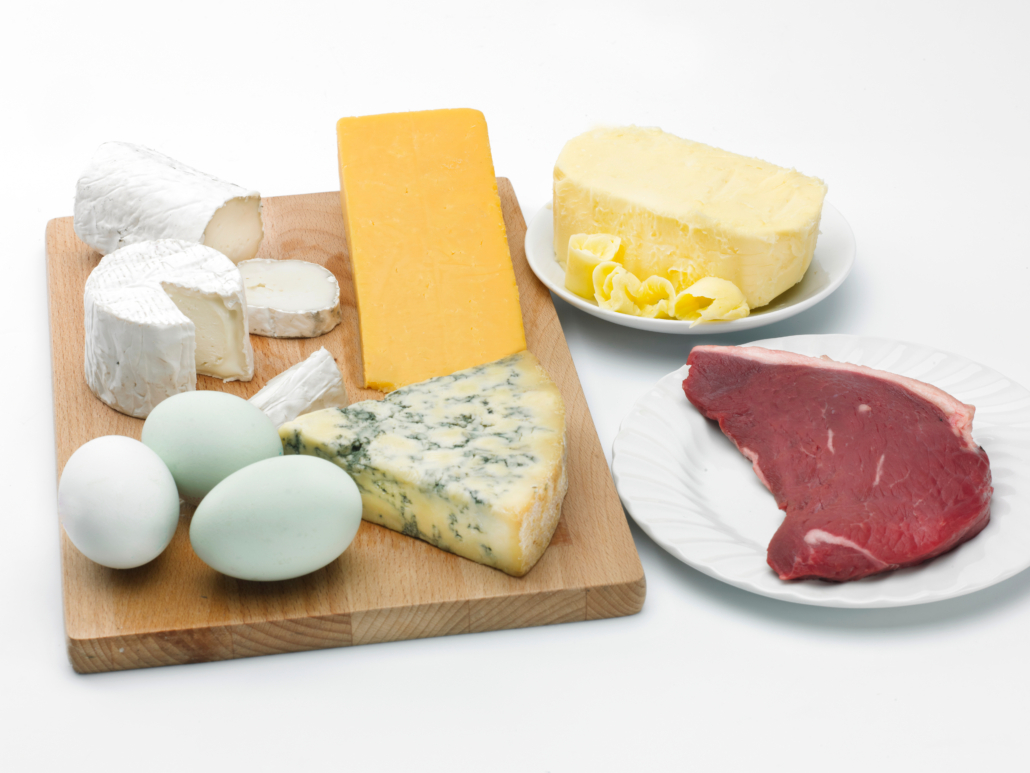We include products in articles we think are useful for our readers. If you buy products or services through links on our website, we may earn a small commission.
Intermittent Fasting Nausea: Causes and Remedies
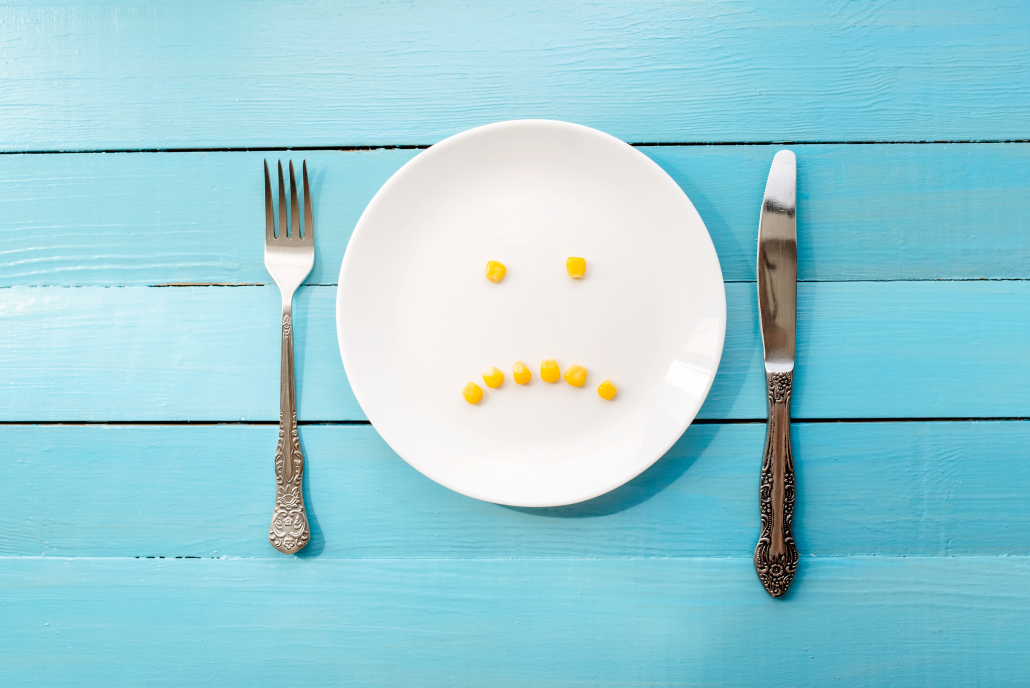
Intermittent fasting–or feasting as Dr. Kiltz more accurately calls it–presents a radical change from the three meals a day with snacks in between that most people consume. Intermittent fasting nausea is one of the side effects that can occur during the transition to this new regimen.
In this article, we’ll explore the common causes and effective remedies for intermittent fasting nausea.
Table of Contents
What Causes Intermittent Fasting Nausea?
Intermittent fasting nausea is usually a result of one or a combination of the following factors:
- Hunger as your digestive system adapts to a new eating cadence
- Hunger from not consuming enough nutritious foods or total nutrients during your eating windows
- When combining intermittent fasting with a high-fat low-carb diet it can take time for your body to upregulate bile sufficient to digest the increase in fat
- Protein poisoning from eating too much protein and not enough fat when carbs are reduced
Why Do People Practice Intermittent Feasting
People practice intermittent fasting/feasting to align their eating habits with their evolutionary physiology. Our ancestors evolved for millions of years on a cycle of fasting and feasting.
Studies show that recreating this cycle in modern life has been shown to provide numerous benefits including [43] [44] [45] [46] [47] [48] [1]:
- Restoring gut health
- Regulating blood sugar
- Controlling cholesterol and triglycerides in the blood
- Supports heart health
- increased lean muscle mass
- Stimulates human growth hormone
- Stem cell production
- supports mindful eating habits
- Breaks cycles of emotional/stress eating
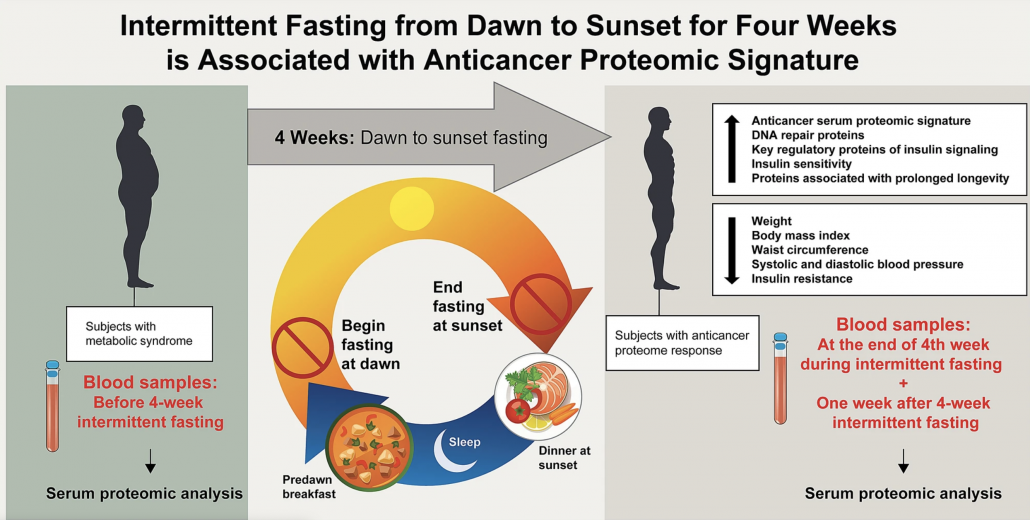
Source: Mindikoglu, A.L., Abdulsada, M.M., Jain, A. et al. Intermittent fasting from dawn to sunset for four consecutive weeks induces anticancer serum proteome response and improves metabolic syndrome. Sci Rep 10, 18341 (2020). https://doi.org/10.1038/s41598-020-73767-w
Yet, for most modern people, intermittent fasting is a dramatic change. As with any dietary and metabolic change, there can be side effects, including nausea. 5
Let’s take a look at the most common causes of intermittent fasting nausea and their remedies.
Nausea from Hunger

The most common cause of intermittent fasting nausea is hunger.
Fasting means choosing windows where you don’t eat. Yet, for most people, not eating for even a few hours is a radical dietary change.
Standard eating habits of many meals and snacks in between train your stomach to produce a constant supply of hydrochloric acid used to break down food.
When you transition to fasting, that stomach acid can accumulate and lead to nausea and acid reflux.
Another response that can happen during fasting when your stomach isn’t used to being empty is hunger pangs. These stomach contractions can also create feelings of nausea.
The Remedy
Consume high-fat, low-carb whole foods.
Nutrient-dense foods high in healthy fats, complete proteins and low in carbs take longer to break down in the stomach. In turn, they supply your body with a steady source of fuel while keeping you feeling fuller longer. 4
A well-formulated intermittent fasting meal plan centers on satiating high-fat foods, including:
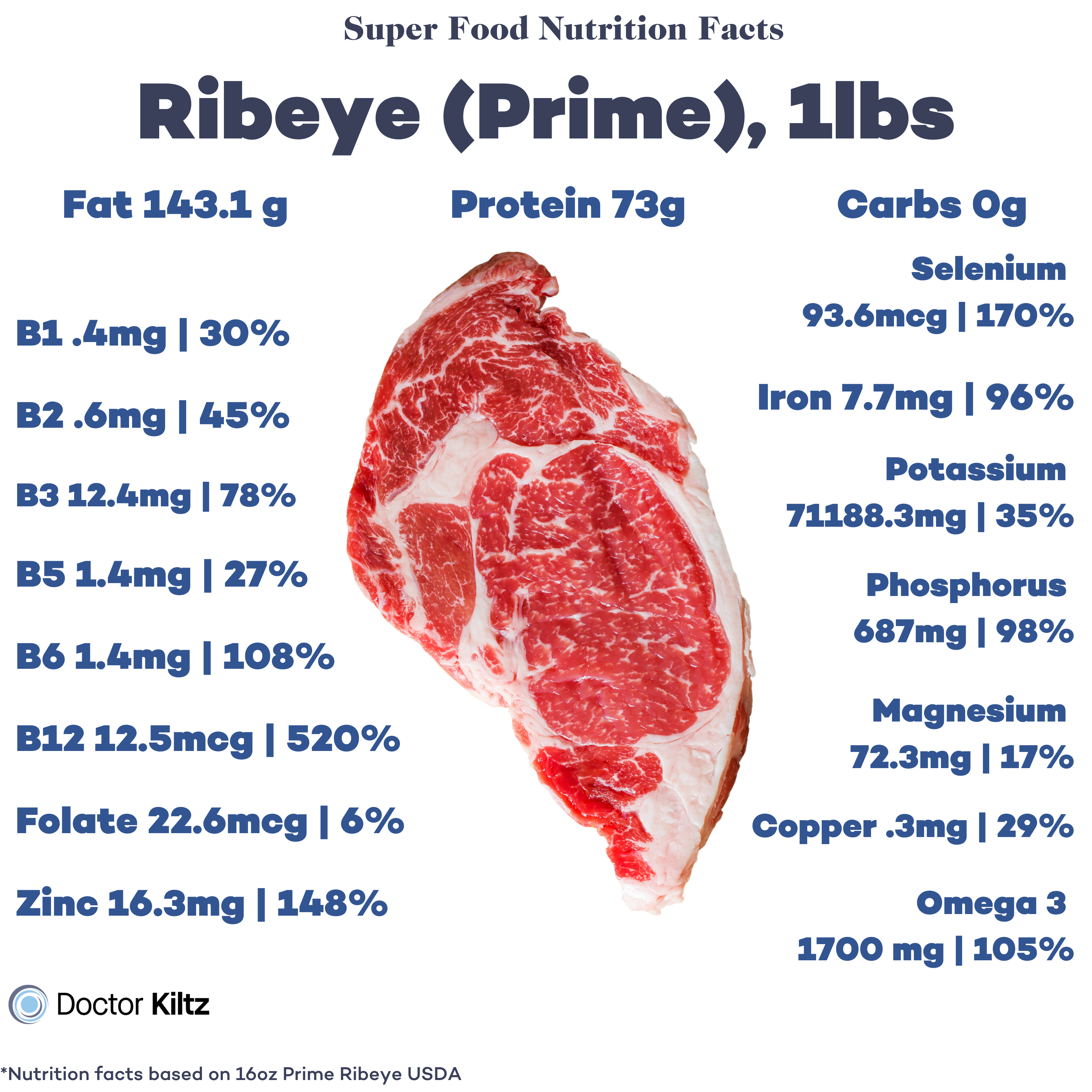
Nausea While Transitioning to High-Fat Low-Carb Diet
Many people practicing intermittent fasting combine a restricted eating window with more nutritious protein and fat-rich foods.
This is a fantastic approach, but it can take some time for your body to adjust to high fat and protein inputs.
Stomach Acid
Consuming more meat will require your body to create more stomach acid to break down the proteins. [4] [5]
Since humans evolved as hyper-carnivorous apex predators for nearly 2 million years, we have naturally high stomach acid. If you’re coming from a high-carb diet, it may just 1-4 weeks for your digestive acids to adjust to your new food inputs. [6]
Bile production
Bile is another digestive fluid that plays a key role in breaking down dietary fat. [7]
It can take 1-4 weeks for your bile supply to catch up to the increased digestive demand of a high-fat or carnivore diet. [6]
Gut Bacteria
When you cut the constant supply of processed foods and sugar, the gut bacteria previously fed by carbs will die off.
It can take some time for your gut bacteria to repopulate with bacteria that thrive on fat and protein. This transition can lead to digestive issues, including nausea. [3]
The reset in gut bacteria while intermittent fasting has been shown to offer positive benefits, including the reduction of obesity. 5
The Remedy
The key to making a successful and sustainable transition to intermittent fasting is simply to stick with it while continuing to consume satiating whole foods, mostly from animal sources.
Your stomach acid will catch up with the protein and fat load.
For breaking down fat, you can help ease the transition by taking bile supplements.
To support the rebalancing and repopulation of beneficial gut bacteria, you can add in yogurt and cultured cheeses like blue cheese and cottage cheese.
Dehydration
One sneaky but very common cause of intermittent fasting nausea is dehydration.
Even mild dehydration can upset your stomach and lead to nausea.
During intermittent fasting, your body begins breaking down stored fat into energy molecules called ketones. During this process, your body also metabolizes glycogen (backup energy) stored in your muscles and liver. [8]
Glycogen is stored amidst lots of water, so to get to this energy source, your body ends up flushing lots of water. [9]
It is also common for people to conflate not eating with not drinking water.
It is crucial that while intermittent fasting, you continue to drink water while salting your food liberally.
Here’s a list of what you can drink during intermittent fasting:
- Water
- Mineral Water
- Sparkling water
- Coffee (no sugar, milk, or other additives)
- Tea (green or black. No milk or other additives)
Nausea From Too Much Protein
Humans evolved by eating extremely fatty meat from giant animals known as megafauna–think 2-ton armadillos and 20ft tall ground sloths.
In fact, we were so good at hunting and eating fatty meat that we drove these creatures to extinction.
Not coincidentally, the decline in megafauna around 10,000 years ago corresponded with humans’ first foray into domesticating plant foods.
The legacy of our dependence on fat shows up in how we are limited in our ability to get energy from protein. This is called the protein constraint.
In other words, we can overdose on protein pretty quickly.
Other carnivores like cats can get 70% of their energy needs from protein. Their bodies are evolved to synthesize it into glucose to feed their brains.
But humans can only get 35%-50% of our calories from protein. More than that, our body gets overwhelmed. This is called protein poisoning.[3]
One of the first signs of protein poisoning is nausea. While other symptoms include[32]:
- Hyperaminoacidemia
- Hyperammonemia
- hyperinsulinemia
- Diarrhea
- Death within 2-4 weeks of prolonged protein poisoning
The Remedy
The most effective remedy for nausea due to protein poisoning is to eat fatty meats and add like tallow and butter to leaner foods.
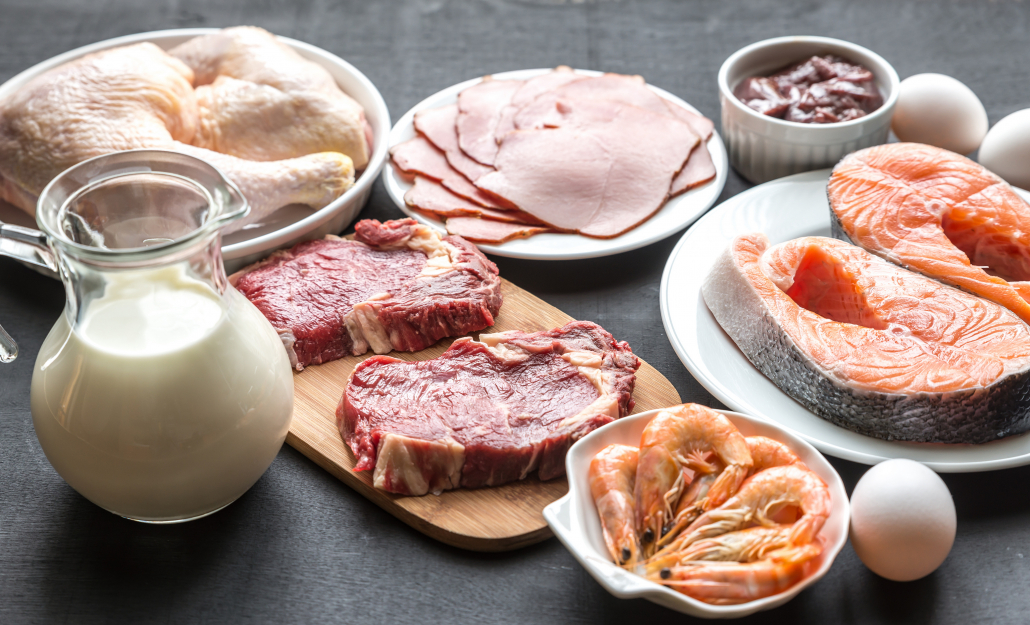
Here’s a looks at some of the fattiest meats available from various food sources:
Nutrition Based on 4 oz (112g) serving
| Ranking | Keto Meat | Calories | Fat | Protein | Carbs | %Calories from fat | % Calories from protein | |
| #1 | Ribeye steak | 310 | 25 | 20 | o | 73% | 26% | |
| #2 | Pork Belly | 588 | 60 | 10.4 | 0 | 92% | 7% | |
| #3 | Rack of lamb | 330 | 22 | 30 | 0 | 63% | 37% | |
| #4 | Sweetbreads | 356 | 33.6 | 14.6 | 0 | 82% | 18% | |
| #5 | Chicken Wings | 320 | 22 | 30.4 | 0 | 62% | 38% |
Medications on an Empty Stomach
Many medications explicitly state that you should take them with food to avoid nausea.
Furthermore, many medications list nausea as a common side effect.
If you’re taking any of the following medications, make sure to take them during your feasting window:
- antibiotics
- blood pressure reducing drugs like beta-blockers, calcium channel blockers, and diuretics
- chemotherapy drugs, including dacarbazine (DTIC-Dome), and mechlorethamine (Mustargen)
- Antidepressants including fluoxetine (Prozac), paroxetine (Paxil), and sertraline (Zoloft)
Supplements and Over-The-Counter Medications
In addition to prescription drugs, there are numerous supplements and OTC drugs that can cause nausea, especially on an empty stomach, while intermittent fasting.
These can include:
- Tylenol
- Ibuprofen
- Aspirin
- zinc
- vitamin E
- vitamin C
- Iron
- Various other vitamin and nutritional supplements
Intermittent Fasting Nausea: The Takeaway
For some people, nausea is a side effect of intermittent fasting.
In most cases, intermittent fasting nausea is a temporary and easily remedied side effect.
Nausea most often occurs due to the build-up of stomach acid during the transitional period when the body hasn’t had a chance to adjust to a restricted eating schedule.
The key to overcoming intermittent fasting nausea is to consume satiating, well-salted whole foods like steak, eggs, butter, and cheese. It is also critical to drink plenty of water.
Your body can take 1-4 weeks to comfortably transition to this new and beneficial way of eating.











